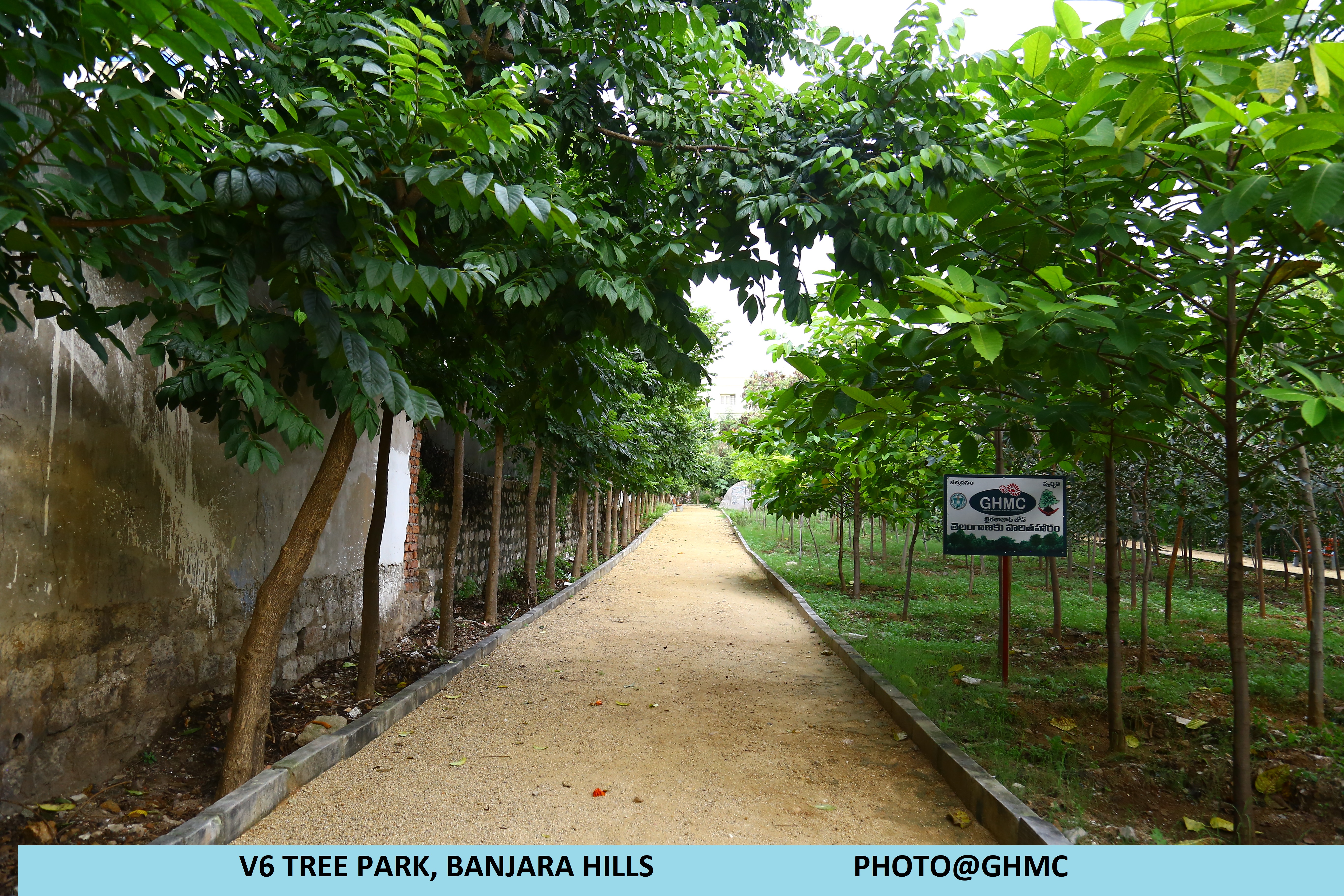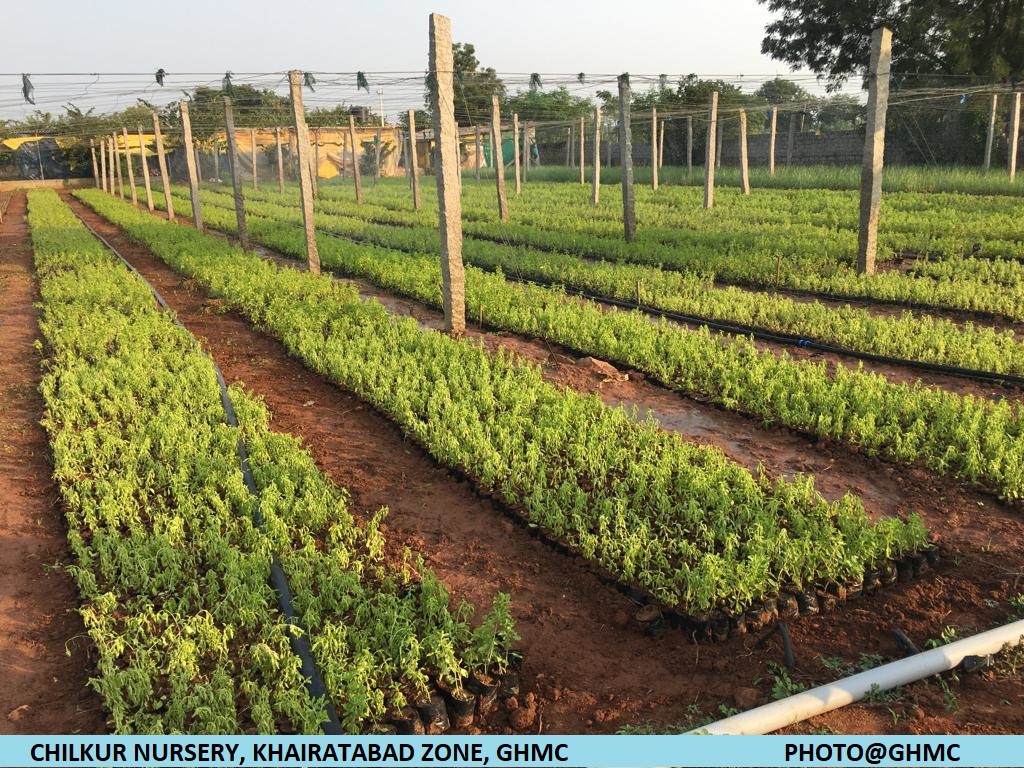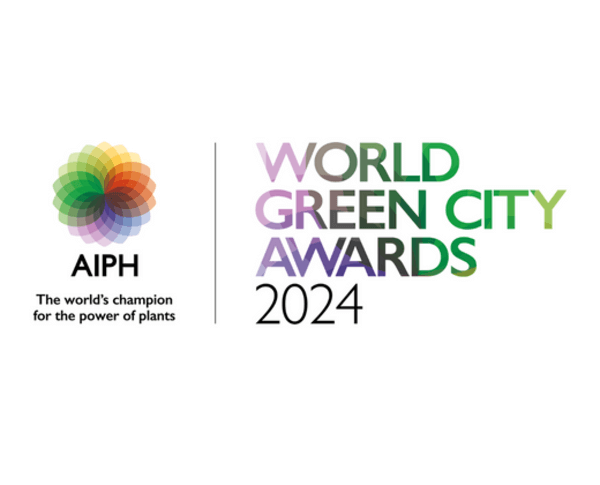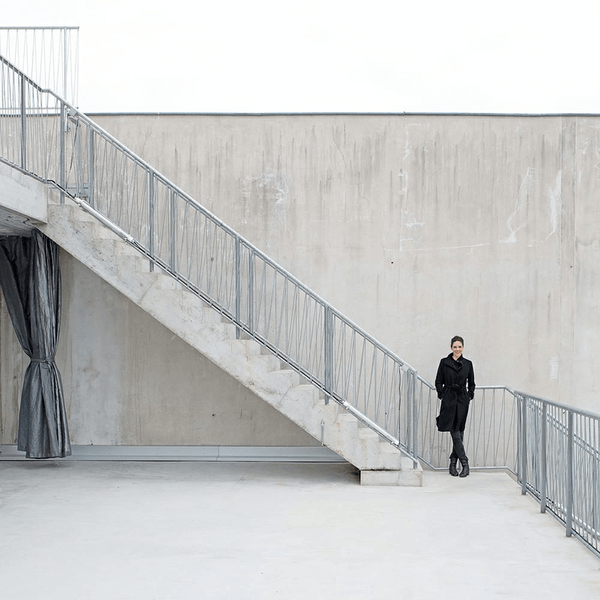TKHH advocates raising of plantations in all sectors and vacant lands of Hyderabad city. All Public roadside areas are planted with Multi-Layer Avenue plantations which give shade and aesthetic appeal to the commuters, protect the environment by controlling air, noise, and water pollution, and protect citizens from ill-health conditions. 111 Urban open/lung spaces are developed with vegetation. Citizens can utilize them to rejuvenate themselves from the stress incurred from the hustle and bustle of city life. All colonies/ Streets are planted with avenue and ornamental plants.
Seedlings are raised in more than 600 nurseries in the core city area (additional matching number of nurseries in outskirts of the city), which are made available to the public. The Urban lung spaces are designated as recreation areas and environmental education centres.
The public preference to reside near Urban Lung spaces has created new business opportunities. The Sanjeevaiah Park, NTR Gardens, Hussain Sagar Tank bund, Melkote Park, Vanasthalipuram Park, etc., are business centres for eateries, recreation activities, etc.
Through massive plantings in the open spaces of the residential colonies, the demarcation of these open spaces and the construction of walls around them, a permanent solution was found to protect the land from illegal encroachments and littering while increasing green cover. 976 landscape parks and 406 tree parks in core city area were protected in this manner.
Some specific details:
- Roadside Multi Layered Avenue plantations - length 881.5 Km, 37,27,805 No’s.
- Greenery on Road Central Median - length 406.50 Km, 47,03,241 No’s.
- Tank bund plantation No. of. Lakes - 24, No. of. Plants 32,00,000 No’s.
- Urban Parks 1087 No’s.
- Urban Forest area Block Plantations 5928.38Ha, No. of. Plants 30,00,000No’s.
- Colony/Street Plantations - 56,25,857 No’s.
- Institutional Plantations - No. of. Plants 155,00,000No’s.
- Vertical Garden - 12 No’s.
- Block Plantations - 250Ha along ORR
- Landscape Gardens - 12.5 Ha.
- Rain Garden – 7 No’s & No. of plants 7,00,000 No’s.





